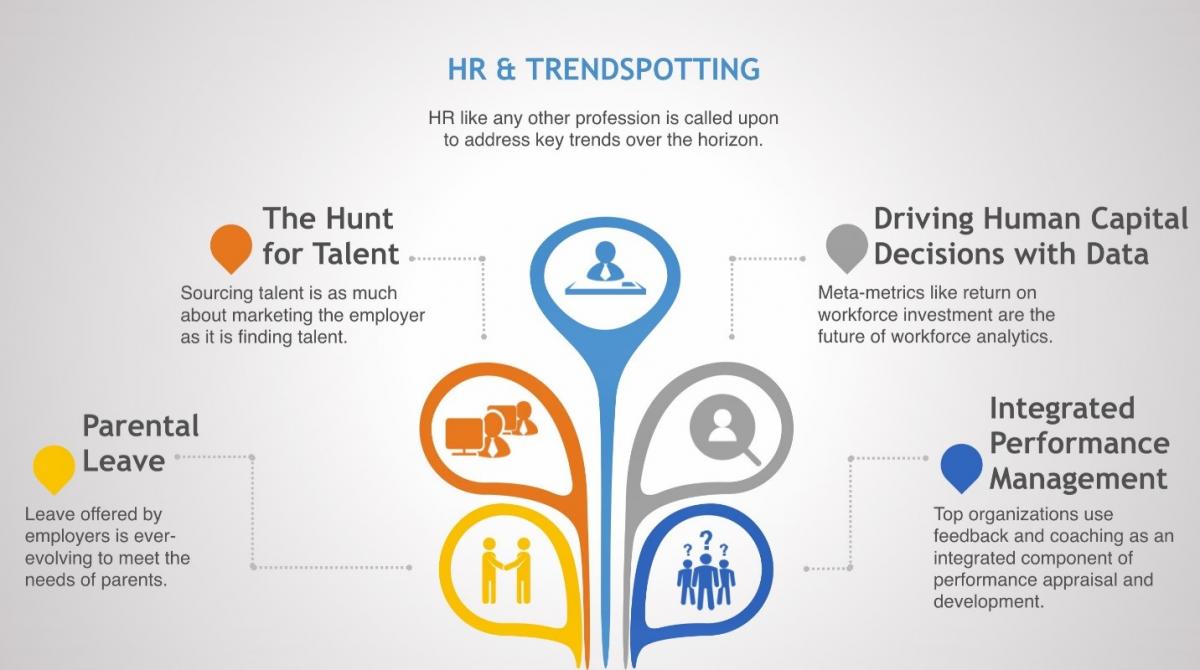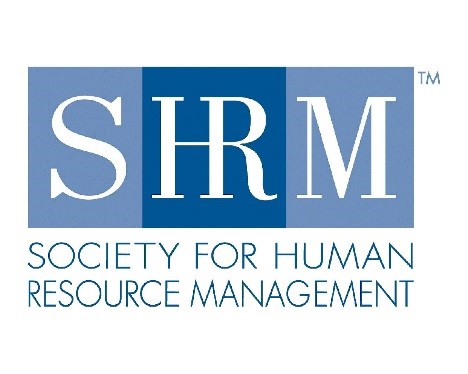Five Trends in Talent

In 2017, HR is expected to adapt to keep up with the changing business environment and evolving employee expectations.
This post is part of our inaugural Trendspotting Series profiling important ideas that will be shaping some major fields of interest in 2017. Each piece represents the views of its author(s) and not the views of the Council.
1. A VERY COMPETITIVE TALENT MARKETPLACE
Labor market improvements and skills shortages have combined to create a very competitive talent marketplace. Sourcing talent is now as much about how organizations represent themselves to the world as it does about digging deeper to find new pockets of talent. Not only is sourcing talent a real and relevant problem for HR, but according to a 2015 SHRM survey of non-HR executives, it is the defining issue for ensuring organizational sustainability. As we look to the future, organizations that can find talent in non-traditional pockets or manufacture their talent through partnerships with educational institutions and NGOs will continue to build competitive advantage.
2. DATA & ANALYTICS WILL DRIVE HUMAN CAPITAL DECISIONS
Big data and analytics trends have not spared HR. Today's competitive landscape requires HR professionals to be able to tie talent investments to business objectives. Metrics such as cost-per-hire and time-to-fill are no longer sufficient. New trends in workforce analytics call for meta-metrics like return on workforce investment and assessing opportunity costs associated with workforce processes. Moreover, truly astute consumers of these meta-metrics will also blend in marketing tools like net promoter scores to enhance the information gathered about the organization's effectiveness when promulgating brand and consumer value propositions. All this to say, when looking at workforce analytics we can safely say, "it isn't your grandfather's analytics anymore."
3. INTEGRATED PERFORMANCE MANAGEMENT
In part thanks to increased attention on business outcomes (or lack thereof) of traditional performance appraisal systems, organizations are responding to an overwhelming imbalance between what they invest in appraisal systems and the outcomes they receive by eliminating or significantly re-conceptualizing performance management (e.g., General Electric, Deloitte, Adobe, Microsoft, Gap, Inc.). Despite overwhelming frustration with appraisal systems, they are here to stay. HR professionals will have to take on new ways of designing these systems to move beyond administrative processes to business impact. The most successful organizations will focus on strengthening the performance culture to embed performance management behaviors such as feedback and coaching into the day-to-day work rather than crafting it as a separate and administrative process.
4. PARENTAL LEAVE
Heavy workplace demands and an increasingly complex, global environment can lead to burnout, low productivity, dissatisfaction, and stress-related illnesses across organizational levels. Increased research demonstrating the importance of employee well-being, an increasingly transparent and competitive talent market, and media attention on both gender equality and paid leave policies across the globe have made paid parental, maternity, and paternity leave a top trend for 2017. Although only about a quarter of organizations currently offer this type of paid leave, competitive organizations will be taking a hard look at their policies next year to ensure their benefits packages appeal to their target employees.
5. THE GIG ECONOMY & ADAPTIVE LEADERSHIP
Two other trends, the contingent workforce and leader development, are worth watching. The gig economy is here to stay. Employees can no longer be easily parsed into full-time and part-time, exempt and non-exempt. HR professionals will need to grapple with how to orient and socialize gig workers, while staying in compliance with evolving laws and regulations. Rapid changes within the business environment are also threatening the old command and control management structures and styles. As a result, new models of leadership and leader development methods are required to build complex, adaptable leaders who can handle ambiguity and constant change and motivate their employees to do the same by focusing on meaning and purpose.
Shonna Waters is Vice President of Research at the Society for Human Resource Management (SHRM). Alex Alonso is Senior Vice President of Knowledge at the Society for Human Resource Management. SHRM is the world’s largest HR professional society, representing 285,000 members in more than 165 countries.
Learn more about the Society for Human Resource Management

